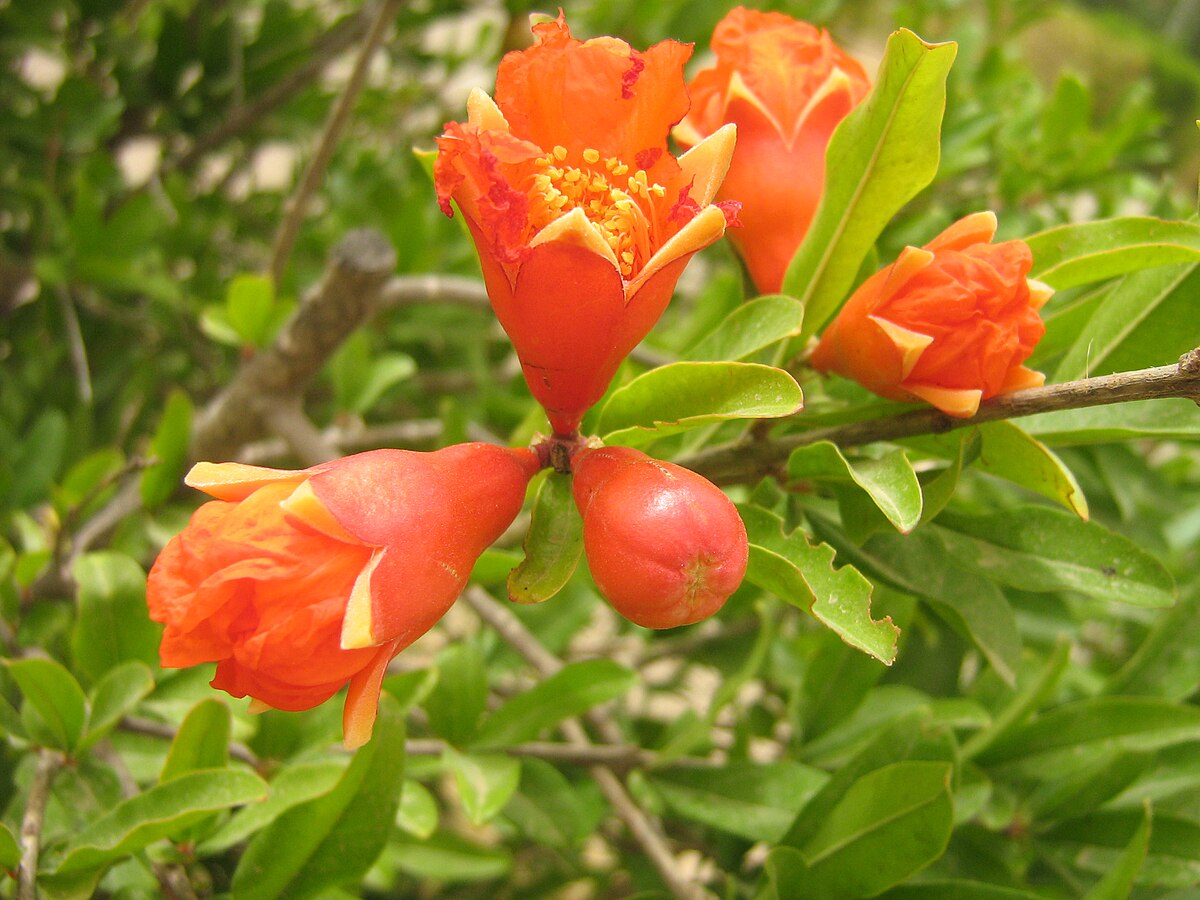Bonsai is an ancient art that originates from East Asia, but has now grown to encompass a worldwide following. This is a real gardening kind , because so as to form bonsai growing work, you would like gardening and artistic creativity, plus patience, discipline, and knowledge. Originally from China, and later expanding to Japan where it has taken root and flourished, the requirements for bonsai are not a lot, as some people imagine. The higher levels do require more “masterful” knowledge; however bonsai is also one of the most convenient forms of gardening out there for urban dwellers.
Anyone can take up bonsai even without sufficient land space. Bonsai suits those living in apartments and condominiums with only a balcony to garden in. But, most bonsai trees are not adapted to grow indoors. This is a common misconception, that although you can grow almost all types of tree species as bonsai, only a few species can be grown “indoors.” Even then, it is not their natural behavior to grow indoors, but these few species can better tolerate indoor conditions compared to most others.
Some Indoor Bonsai and Care
All plants normally grow outdoors; however, some are often conditioned to survive indoors. Plants need proper light, moisture, temperature, humidity, nutrients, and maintenance to be successfully grown indoors.
Schefflera
Light: the perfect location of a plant for adornment might not be the perfect spot for plant growth. Lack of adequate light is the commonest factor limiting the expansion of plants in many areas of the house . Light provides the energy plants get to make the food required for them to grow and flower. Plants are the sole organisms ready to use light to supply sugars, starches and other substances needed by them also as by others living with enough light? The expansion patterns of the plant are often an honest indication. No growth may indicate poor light but might be a symbol of other problems also . A healthy plant under poor light may develop longer internodes (length of stem between leaves). Leaves may develop larger than normal on some plants (stretching to extend the quantity of energy received). the colour of the many plants in poor light could also be pale green, and lower leaves may yellow and drop.
Water:
Bonsai are probably injured more often by improper watering than by the other single factor. No general schedule is often used for watering all plants. Size of plant, pot, light, temperature, humidity and other conditions influence the speed with which the soil mass dries out. Soil kept either too wet or too dry causes plant roots to die, which results in poor growth or death of the plant. Learn to measure the moisture content of the soil by its color and feel. Because the soil surface dries it becomes lighter. Under continued drying, the soil begins to crack and shy away from the edges of the pot. When severe drying occurs, some damage already will be done to the roots. Soil kept too moist becomes sticky and slimy, thus inviting root rots and other disease problems. Many householders soften their water by employing a filtration system to exchange the calcium and magnesium within the water for sodium, creating softer water that permits soap to function better.
Plants use sodium only in very small amounts. Over time, sodium becomes toxic to plants. Plants could also be watered from either the highest or rock bottom of the pot. If one prefers watering from the highest , use a watering pot with alittle spout. Each time, wet the whole soil mass, not just the highest inch. Add water until it comes through the drainage hole within the bottom of the pot. Discard water that is still beneath the pot one hour after watering. Periodically plants should be watered by soaking. This is often done by immersing the plant into a bucket of water so several inches of water are above the soil line. Then allow it to empty . Potted plants should have good drainage. Occasionally roots may clog the drainage hole.
Humidity:
The air in the latest homes is extremely dry. A furnace humidifier can help plant growth. If one can't be used, humidity trays placed beneath the plants and crammed with constantly moist gravel help increase humidity round the plants. Pots must be placed on, not in, the wet gravel. Misting over the leaves daily can help a plant overcome the strain of low humidity. Humidity often runs higher in kitchens & bathrooms. a ratio between 40 and 60 percent is best for many plants but is difficult to achieve within the house.
Fertilize:
Miniaturization isn't achieved by starving bonsai. The health of one's bonsai depends on a sufficient but not excessive diet of nutrients. The three main elements necessary for healthy plant growth are: Nitrogen, Phosphorus, and Potassium. Nitrogen promotes green foliage and stem growth, phosphorus encourages flowering and root production, and potassium contributes to overall strength and disease resistance. Feed plants only during their season at one third of the recommended strength. Never apply liquid fertilizers to wilted plants. Water the plants first and apply fertilizer after the plants have recovered and therefore the soil has dried slightly. Some people like better to use organic fertilizers, but either organic or inorganic fertilizers or a mixture of both are going to be satisfactory sources of nutrients. Fertilizers that release nutrients slowly require less frequent application than liquid forms.
Some of the bonsai tree species that can be grown INDOORS are:
Serissa foetida
Adenium obessum
Ficus benjamina
Holiday Cactus (Schlumbegera)
Jade Plant (Crassula ovata)
Chinese Elm (Ulmus parvifolia)
Olive family species
Brush Cherry (Eugenia mytrifolia)
Schefflera arboricola
Pomegranate (Punica sp)
Azaleas (Rhododendron sp)
Chinese Sweetplum (Sageretia thea)

By Корниенко Виктор - Self-photographed, CC BY-SA 3.0, Link

















0 Comments